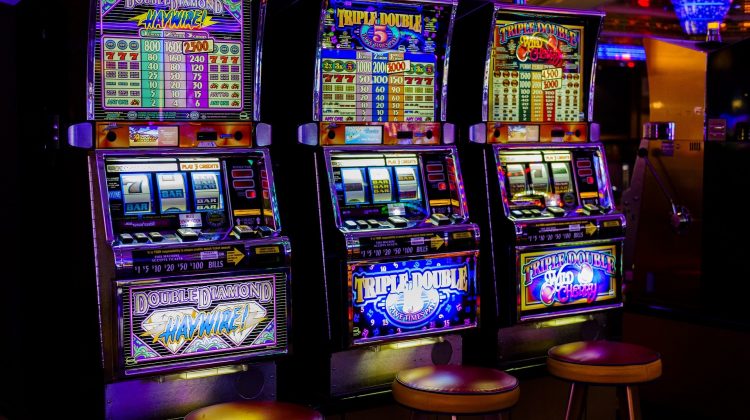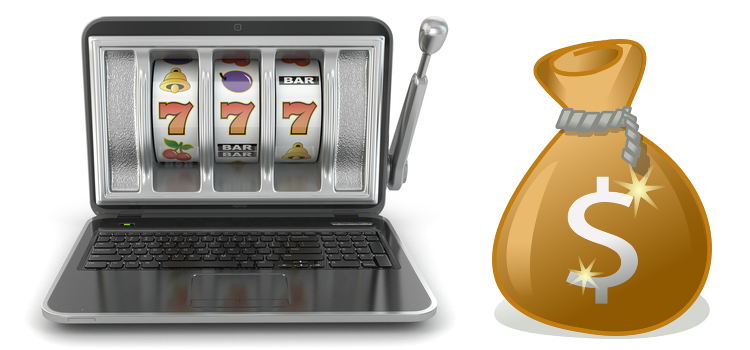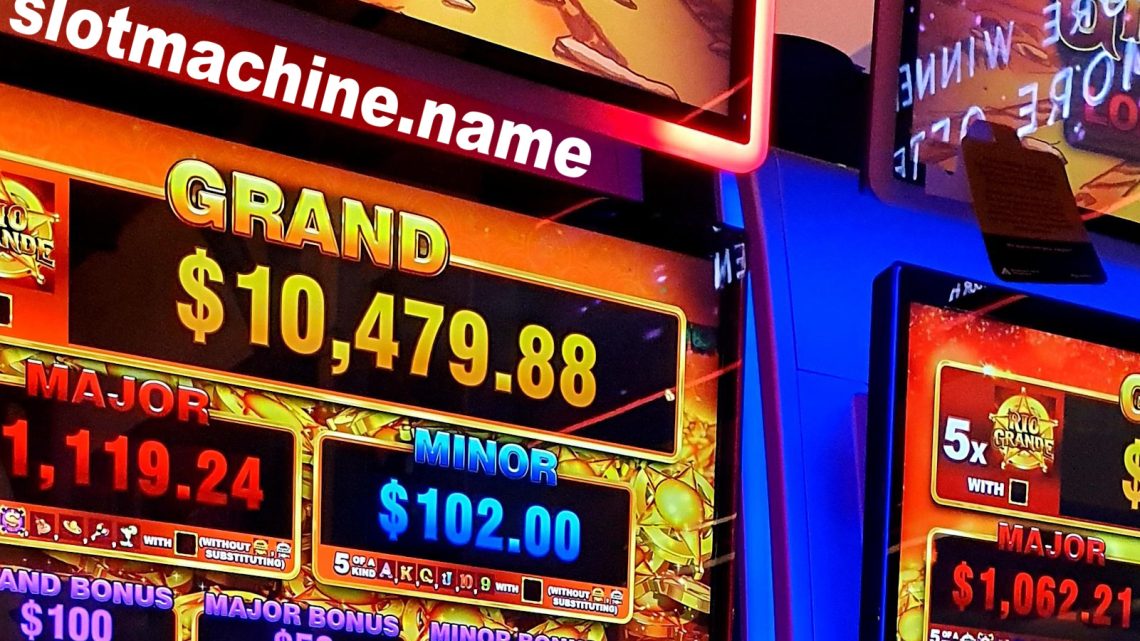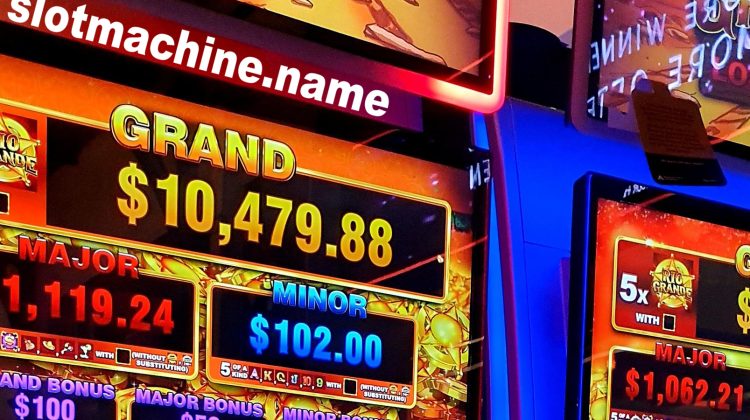It’s not an easy task determining the blackjack odds when pitting a player against the house. There are many theories on who actually has the advantage and holds the edge in a game of blackjack. It all depends on who you ask – the casino or the player. With that in mind, lets assess an important and often overlooked consideration that may determine the outcome in a game of blackjack.
The removal of cards throughout play and the repeated dealing from a deck exhausted of these castoff cards creates a situation in blackjack where the odds of receiving certain cards or combinations of those cards repeatedly change during the flow of the game. Computer studies have found that the elimination of particular cards during play gives the player better blackjack odds over the house, while the removal of others gives the house an advantage over the player.
As a result, as cards are removed from play, the player’s odds of winning constantly change. Occasionally the exhausted deck of cards will favor the house and sometimes the player. By learning to analyze a depleted deck of cards, you can increase the blackjack odds and capitalize on this situation by betting more when the remaining cards are in your favor. This way you can actually have an edge over the casino.
The heart of all winning systems at blackjack is based on this theory – Bet more when you have the advantage, and less when the house has the advantage. This way, when you win, you win more, and when you lose, you lose less. Beginning with an even game (playing accurate basic strategy), this “maximize gain, minimize loss” betting strategy will give the player an overall edge on the house.
How do we determine when we have the edge?
Computer studies have determined that tens and Aces are the most valuÂable cards for the player, while the small cards, 2 through 7, are the most valuable cards for the house, 8s and 9s being relatively neutral. Off the top of the deck, with all cards still in play, the player has an even game with the house – neither side enjoys an advantage.
The odds shift in favor of the player when there is a higher ratio of 9’s, 10’s and Aces in the deck than normal, and shift in favor of the house when there is a higher ratio of small cards, 2 through 7, than normal. All counting systems base their winÂning strategies on keeping track of the ratio of high cards to low cards. The systems vary in complexity from the very simple to the very complicated, all being based on the same principle betting more when there is a higher proportion of high cards in the deck. However, there are many blackjack players that wish to have an edge over the house but are loathe to learn counting sysÂtems. For the player that desires to win without counting cards, blackjack odds of winning can be more difficult to achieve.
By George Schmingy
George Schmingy is an avid blackjack enthusiast and writer of many articles concerning blackjack strategy.











No Comment